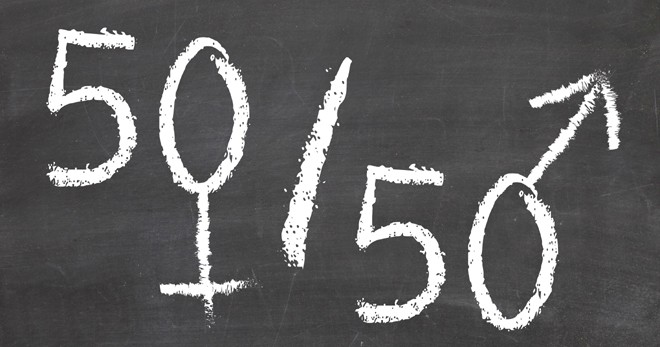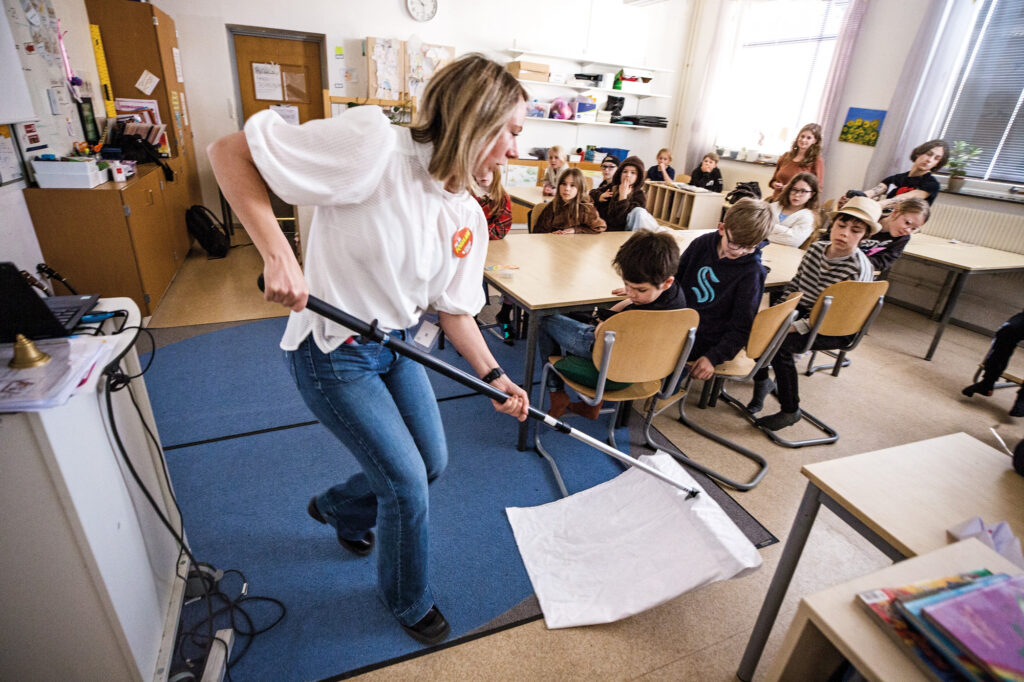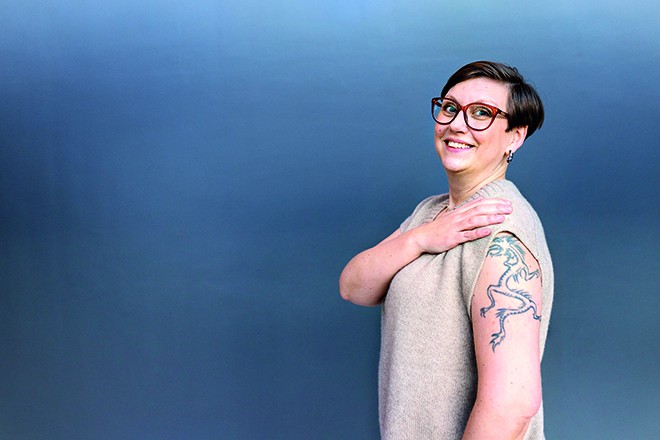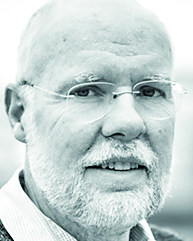Training in diversity and gender equality. Committees, diversity offices and diversity officers. These are some of the measures that 37 universities and colleges in Sweden, Finland and Norway have implemented in the past 30 years to promote women’s careers in academia and thereby increase the proportion of female professors, a Nordic research study shows.
The researchers interviewed HR staff and examined policies to map the various gender equality measures and see to what extent they have been applied over the years.
Comparison over time
This was then compared with data on the staff at higher education institutions to assess which interventions impacted the proportion of female professors over time. “One important finding is that in recent times the focus has been on changing the organisation rather than changing women,” says Charlotte Sillander, the project leader for the study and a researcher at the department of didactics and teaching practice at Linnaeus University.

Among the things that higher education institutions do to promote women’s careers are measures focused on organisational responsibility, for example committees, gender equality units or procedures for following up complaints. Another example is training to raise awareness of diversity, discrimination or harassment issues.
Organisational responsibility is effective
The study shows that organisational responsibility measures had the greatest impact, measured three years after they were implemented. Having a unit or person responsible for working with equality or diversity issues and earmarking positions or funding for women were the two most effective measures.
“If you look at it from a theoretical perspective and examine previous research, you can see that organisational responsibility is important, i.e. that someone in the organisation takes responsibility for making things happen,” says Silander.
She explains that there is an ongoing discussion about such diversity offices at both Swedish and Norwegian higher education institutions. “That these offices actually make a difference is an interesting finding. Presumably they are important because they work to ensure that other measures work as well.”




















